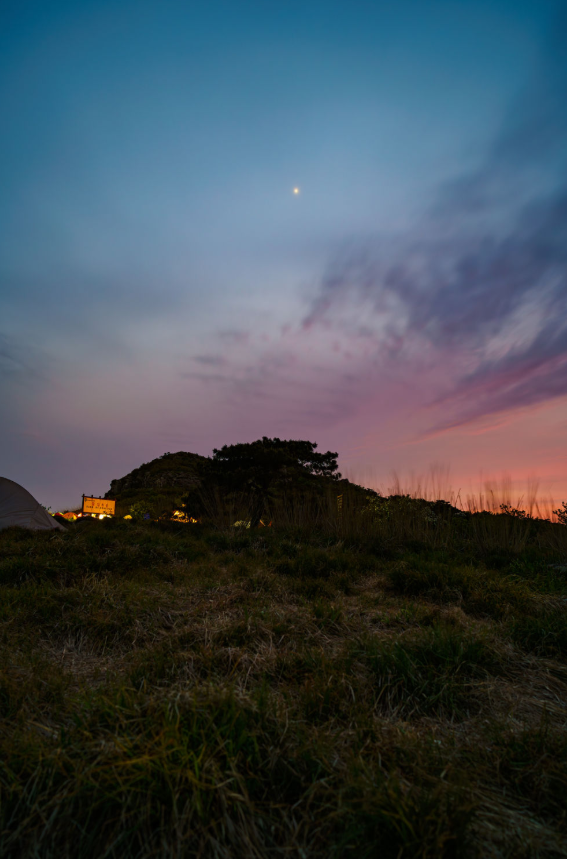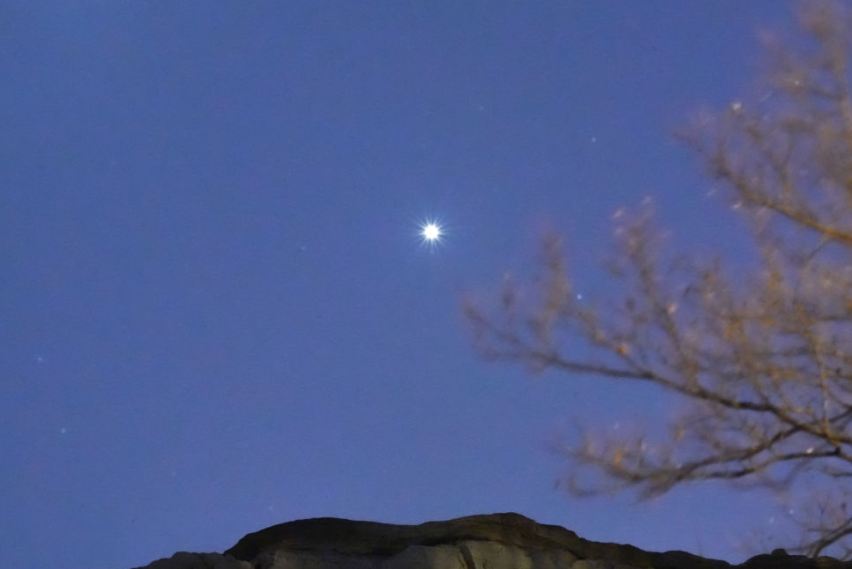
On March 2, the sky will perform Venus with the moon. This is the last time Venus has "meeted" with the Moth Eyebrow Moon at close range this year. As long as the weather is sunny, the interested public can enjoy this beautiful "Star and Moon Fairy Tale" with the naked eye.

Venus photographed on Qingliang Peak in Lin'an, Hangzhou, Zhejiang on May 15, 2023. (Photo by Zheng Jianfeng)
In the vast night sky, Venus attracted the attention of countless observers with its unique light. This bright planet often encounters us unexpectedly in the eastern sky at dawn and the western sky at dusk, which also gives Venus the names "Qingxing" and "Chang Gengxing". From the second half of 2024 to late March 2025, Venus has been the Chang Geng Star.

Bright Venus photographed in Fengtai, Beijing on February 1, 2025. (Photo by Wang Junfeng)
"Since we usually can only see Venus in a period of time at dawn and evening, when the moon is accompanied by it, the moon phase is either the moth-eye moon at the beginning of the lunar month or the waning moon at the end of the lunar month, with low brightness. The crescent moon and bright Venus are very matched, becoming a beautiful landscape in the night sky." Xiu Lipeng, a member of the Chinese Astronomical Society and an astronomical popular science expert, said.

Venus companion moon photographed at the Tianjin Science and Technology Museum on December 5, 2024. (Photo by Yang Zhongshe)
Not long ago, on February 15, Venus ushered in its brightest moment in its posture as Chang Geng Star. On March 2, although Venus' brightness is not as bright as it is at its brightest, it is still very eye-catching. Just look up to the southwest, or look a little further west, and you can see the bright figure of Venus.

Venus companion moon photographed in Shijingshan, Beijing on November 5, 2024. (Photo by Zhong Yi) In the evening of the 2nd day of the lunar calendar, the moon on the third day of the second lunar month hangs in the west sky. A little further away from the right side of the crescent moon, the brightest star is Venus. "This time, Venus is accompanied by the moon. The angular distance between the two is not very close, and the horizon height of Venus is already very low. When observing, you must find a place facing the west sky without any obstruction." Xiu Lipeng reminded.

